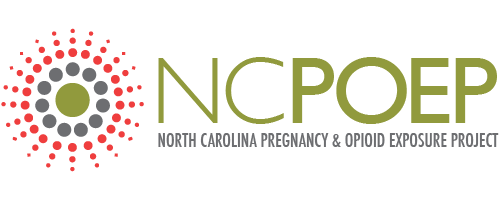
- Parents should be counseled as early as possible (preferably well before delivery) about the need for close monitoring of an opioid-exposed infant.[2]
- Parents should be encouraged to disclose any maternal opioid use that occurred during pregnancy and should be treated in a nonjudgmental manner.[3]
- Hospital care of the newborn should be family-centered, meaning that the parents should be a driver in the care plan.
- Parents should receive education about how opioid-exposed infants are monitored and how neonatal abstinence syndrome (NAS) is treated at their delivery hospital.
- There are various approaches to monitoring for neonatal abstinence syndrome in opioid-exposed infants, such as the use of the Finnegan Scoring tool.[2],[3]
- Monitoring for the onset of NAS may mean the infant will be monitored in the hospital for up to 5 days.
- Infants at risk of NAS may be monitored in the mother’s room, in the newborn nursery, special care nursery or neonatal intensive care, depending on hospital protocols and resources.
- There are various approaches to the management of NAS including non-pharmacologic interventions and pharmacologic therapy, depending on the needs of the infant. Approaches include:
- Non-pharmacologic management of NAS: environmental controls emphasizing quiet zones, low lighting, and gentle handling. Loose swaddling, as well as holding and slow rocking of infant may be helpful. The use of a pacifier for excessive sucking is also helpful.[2],[6],[7]
- Pharmacologic management of NAS: the use of a variety of medication to ease the withdrawal symptoms of the infant. Common medications include opioids (dilute tincture of opium, morphine, or methadone) and phenobarbital.[2],[6],[7]
- Breastfeeding is encouraged for women in medication assisted treatment, unless there are medical reasons to avoid it. Reasons to avoid breastfeeding include an HIV infection or specific medication for which breastfeeding is not safe.[2],[3]
- Infants experiencing NAS may have difficulty establishing breastfeeding or bottle-feeding. Women may need additional encouragement and lactation consultation to support breastfeeding.[2],[3]
- Whenever possible, having the newborn room-in with the mother while in the hospital is encouraged. Benefits include opportunity to initiate breastfeeding, bonding and decreased need for treatment of NAS.[1]
- Some infants will experience NAS as a result of maternal opiate use through a treatment program (such as a methadone maintenance program) or by prescription (such as buprenorphine for an opioid use disorder or prescription narcotics for pain management). The opioid exposure alone in situations where the mother was adherent to a prescribed treatment plan would not constitute an appropriate reason for referral to Child Protective Services. See structured intake 1407 http://info.dhhs.state.nc.us/olm/manuals/dss/csm-60/man/
- Not all infants at risk of NAS are identified in the hospital, particularly in situations where maternal use of opioids has not been disclosed. This may be due to women not disclosing legal or illegal use of opioids.[2]
- Withdrawal symptoms from opioids may appear in the infant after discharge to home. It is important for providers working with the infant and the family in the community (pediatricians, CC4C, Early Intervention) to be aware of signs and symptoms of NAS. If the infant displays any of these signs or symptoms, the family should be encouraged to seek pediatric care promptly.[2]



